10 Tips for Successful Gardening This Spring (Podcast Episode 4)
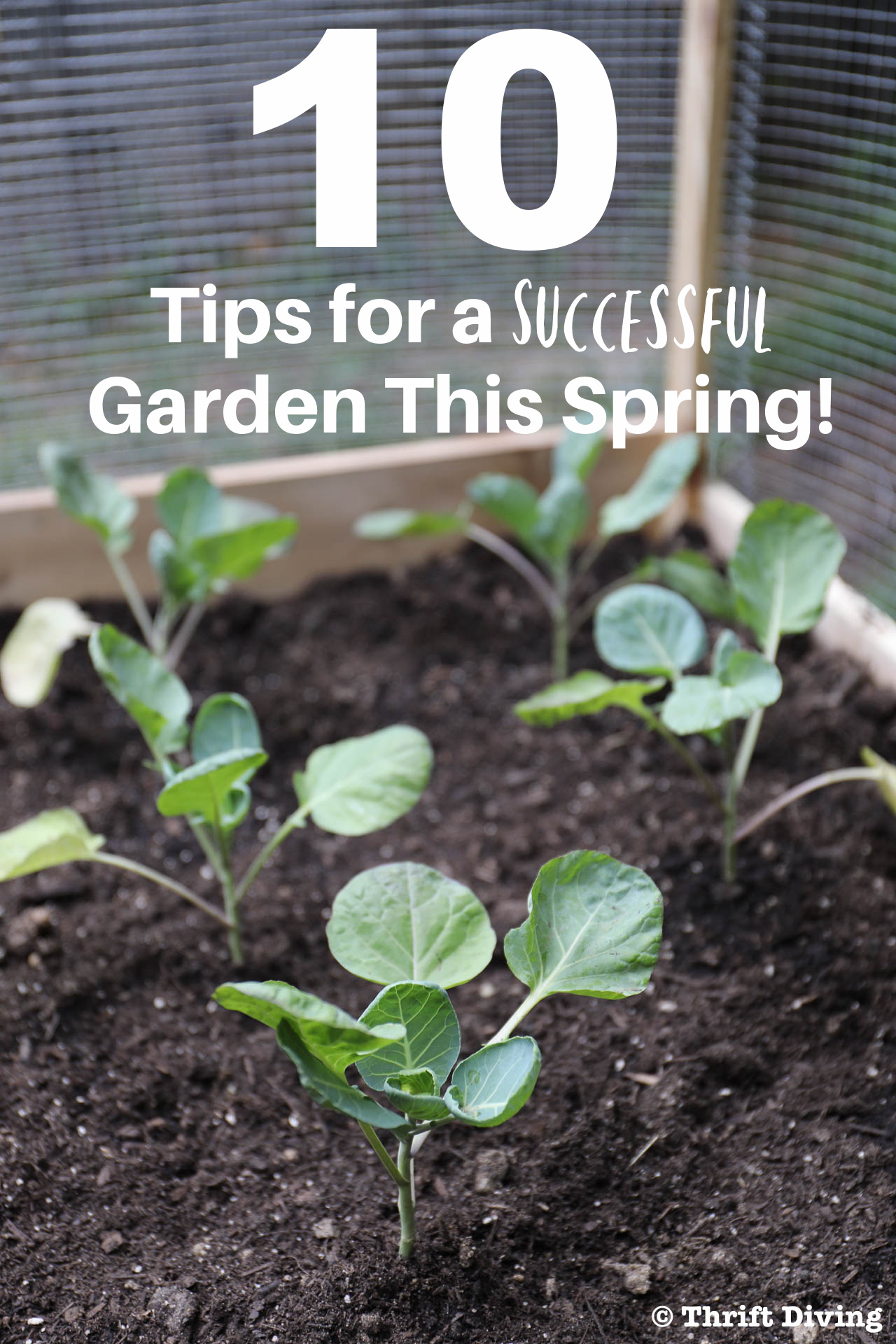
Several years ago I built my own raised garden beds, but I knew nothing about gardening. I literally just bought a bunch of random fruit and veggie plants from the big box store, placed them in the soil, and crossed my fingers. Needless to say, I didn’t have a very successful garden that first season! LOL
Although I still consider myself to be a “noob” (AKA “newbie”) when it comes to turning this black thumb green, I’ve been picking up garden tips every season, and I’m having more success. But there are still a lot of things I don’t know.
Which is why Episode 004 of the Thrift Diving Podcast on starting a garden, with lots of gardening tips, with Eric Rochow of Garden Fork was such a great conversation! I feel like I’m ready to tackle my garden with a renewed sense of success. 🙂
He shares with us 10 tips for starting a successful garden! Let’s jump into it now!
Listen to This Podcast Episode!
TIP #1: Start Small
When starting a garden, in your mind, you envision rows and rows of fruits and veggies. But don’t let your daydream disillusion what should happen when you’re just starting out. Actually, 4’ x 10’ or 4’ x 12’ garden beds are the better size for starting a garden.
My raised garden beds are 3′ x 8′, so they’re a little smaller than what Eric recommends. I do wish I would have gone just a little bigger. But if you’re a newbie, stick to what’s easy to manage until you know what you’re doing.
Learn how to build raised garden beds here.
TIP #2: It’s Okay to Skip the Seeds
It’s very noble to buy seeds and want to feed your family from absolute scratch. But it’s also possible to overwhelm yourself by the sheer number of seeds that you’ll likely over-buy. You’ll find yourself wanting to plant everything, and that can be a lot of work.
Starting small can also mean buying plants from garden centers. With the garden centers doing all the “hard” work of planting the seeds, I could simply buy the plants and plant them in the garden beds. It was also more rewarding to see the garden bed instantly transformed into a “real” garden, versus having to wait for things to spout.
TIP #3: Focus on a Few Varieties of Plants at a Time
When you’re a newbie, it’s easy to buy everything that looks yummy, or everything you’ve always wanted to grow. But you should also know about companion gardening, which is knowing what grows well together and what doesn’t grow well together. If you focus on just a few plants that do well together, such as basil and tomatoes (basil can protect from tomato hornworms, according to Almanac.com), you’ll have more success.
TIP #4: Plant the Easiest Plants!
This tip is related to the previous tip about planting a few varieties of fruits and vegetable instead of too many. Eric recommended including pole beans in your planting because they’re super easy to grow! (Pole beans grow tall and will need pole or trellis supports).
Last summer I grew string beans for the first time and I wished I had planted more than two plants! They required very little effort, and just like the The Gardening Cook says, “Growing string beans is so easy that even gardeners with a brown thumb will be successful.”
I am proof of that, indeed!
So be sure to include these in your planting:
- String beans.
- Rattlesnake pole beans.
- Sweet 100 cherry tomatoes.
- Hybrid plants (because they have a lot of disease resistance).
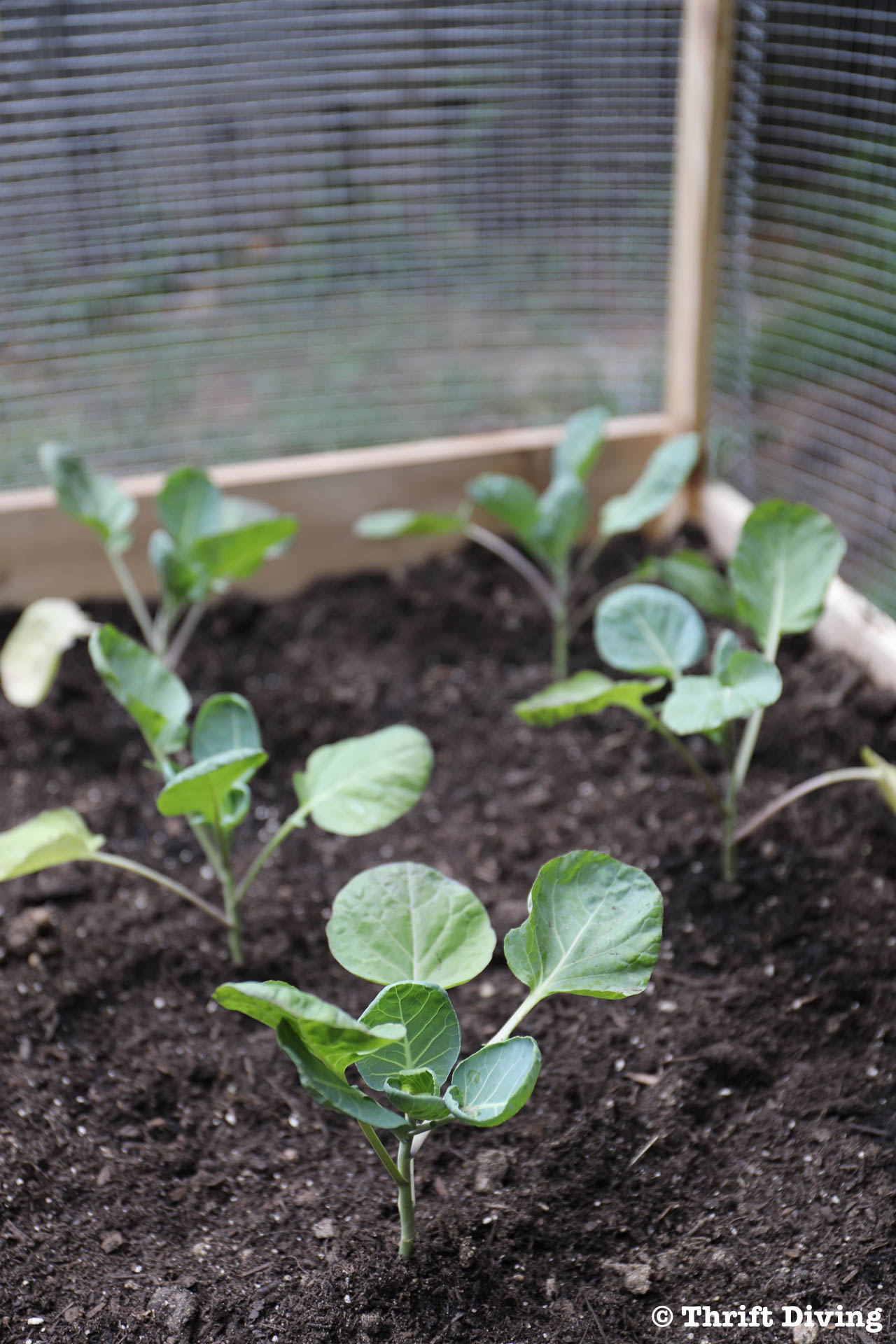
TIP #5: Use Natural Gardening to Kill Insects
One tip that Eric recommended is that you prevent infection before it becomes a battle with you trying to treat an infection.
This was such great advice, because each year, the Cabbage looper (AKA “pretty white moths”) will come and lay their eggs in young kale plants. And about a month later, you start seeing your kale ravaged by the moths, to the point of where there will be nothing left.
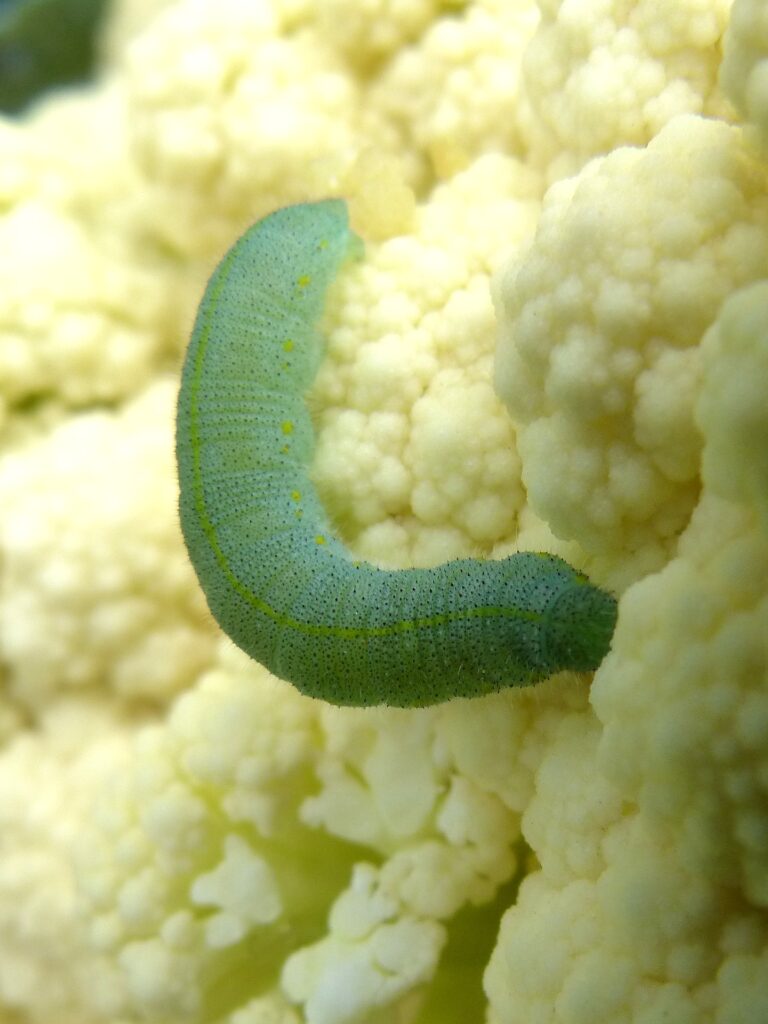
A floating row cover can cover and protect young kale plants in order to prevent the infection from the beginning. Kale is strong enough to grow up underneath the light-weight polyester. Be careful, though, because the row cover can trap heat, which kale generally doesn’t do well in.
If you don’t cover your kale and notice lots of caterpillar activity, one natural remedy is a product called BT that you can order from Amazon (Thuricide Bacillus Thuringiensis). Spraying it on once a week (or more often if there is rain that washes it off), will help to curb an infection.
But as Eric says, it’s best to prevent it from the beginning.
Try a Moth Decoy
It’s been said that moths are territorial. So if they notice other moths in your garden, they won’t come. It’s worth a shot to try a moth decoy! After Eric suggested this, I found this blog post with free moth printables to print and add to your garden to see if they can trick other moths in staying away! 🙂 To make them waterproof, try laminating them so they’re not destroyed with it rains!
TIP #6: Don’t Till Your Garden
One of the best things that happen to your garden is the presence of worms. Tilling the soil, essentially turning it over, whether manually or with a tiller, destroys the strata that the worms have built into your garden soil. It’s best to leave your soil alone and let the worms do what they do best. Instead, just add a time-released organic fertilizer to the top!
TIP #7: Save Your Leaves
Leaves are golden for your garden! Hard to keep this in mind when they’re littering your yard and driveway in the fall. 🙂 But if you’re lucky enough to get leaves, make a wire bin to store up the leaves to make leaf mold, which is a rich soil amendment for your garden (especially if you have clay soil and your garden is in the ground).
It’s best to use a mulching leaf blower, bag up those threaded leaves, and add the to the top of your garden in the fall, or use wood chips. Watch Eric’s video about using wood chips in the garden. You can get them from local tree companies who are always looking for places to dump their wood chips.
TIP#8: Never Compost Old Tomato Plants
Tomatoes are notorious for developing a fungus called blight. At the end of a season, when you’re clearing out the old plants that have died off, don’t throw old tomato plants in your compost. Otherwise, you could transfer a lot of that fungal disease to the soil. Toss them in the trash.
TIP #9: Add Black Plastic Over Your Garden Beds
Although plastic isn’t environmentally-friendly, if you’re using it over and over again each season to cover up your garden or garden beds, I think exceptions can be made for using black plastic. 🙂 When covered with black plastic, the soil will warm up faster, along with the killing any remaining weeds. When those weeds die, simply but them off at soil level; don’t pull them out. Otherwise, pulling those weeds could disturb the soil strata that has been improved by the worms.
TIP #10: Be Very Forgiving With Yourself
I like to keep in mind when I’m trying new things: be very forgiving with yourself. The same is true with gardening. Don’t beat yourself up if something you planted gets destroyed by pests, or if it doesn’t grow at all. Figure out what went wrong and try again the next season. It’s a learning process, and the more time and effort you invest in it, the more you learn. That’s what makes it so exciting!
Be sure to check out the links below to all the things we discussed in Episode 004 of The Thrift Diving Podcast!
Links From the Podcast:
(NOTE: I participate in the Amazon Services LLC Associates Program and other affiliate advertising programs designed to provide a means for me to earn fees by linking to Amazon.com and affiliated sites).
- Garden Fork on YouTube
- Floating Row Cover
- BT (natural caterpillar killer, Thuricide Bacillus Thuringiensis)
- Make Your Own Moth Decors
- Building a Bathroom Vanity from Scratch
- How to Build a Trellis
- FedCo Seeds – Rattlesnake Pole Beans
- Own Your Weird by Jason Zook
- The One Thing by Gary Keller
Love this post?? Click here to save it on Pinterest!
Download the 5 freebies!

Thrift Diving inspires women to decorate, improve, and maintain their home themselves...using paint, power tools, and thrift stores! Use these 5 printables, checklists, and ebooks to get started!

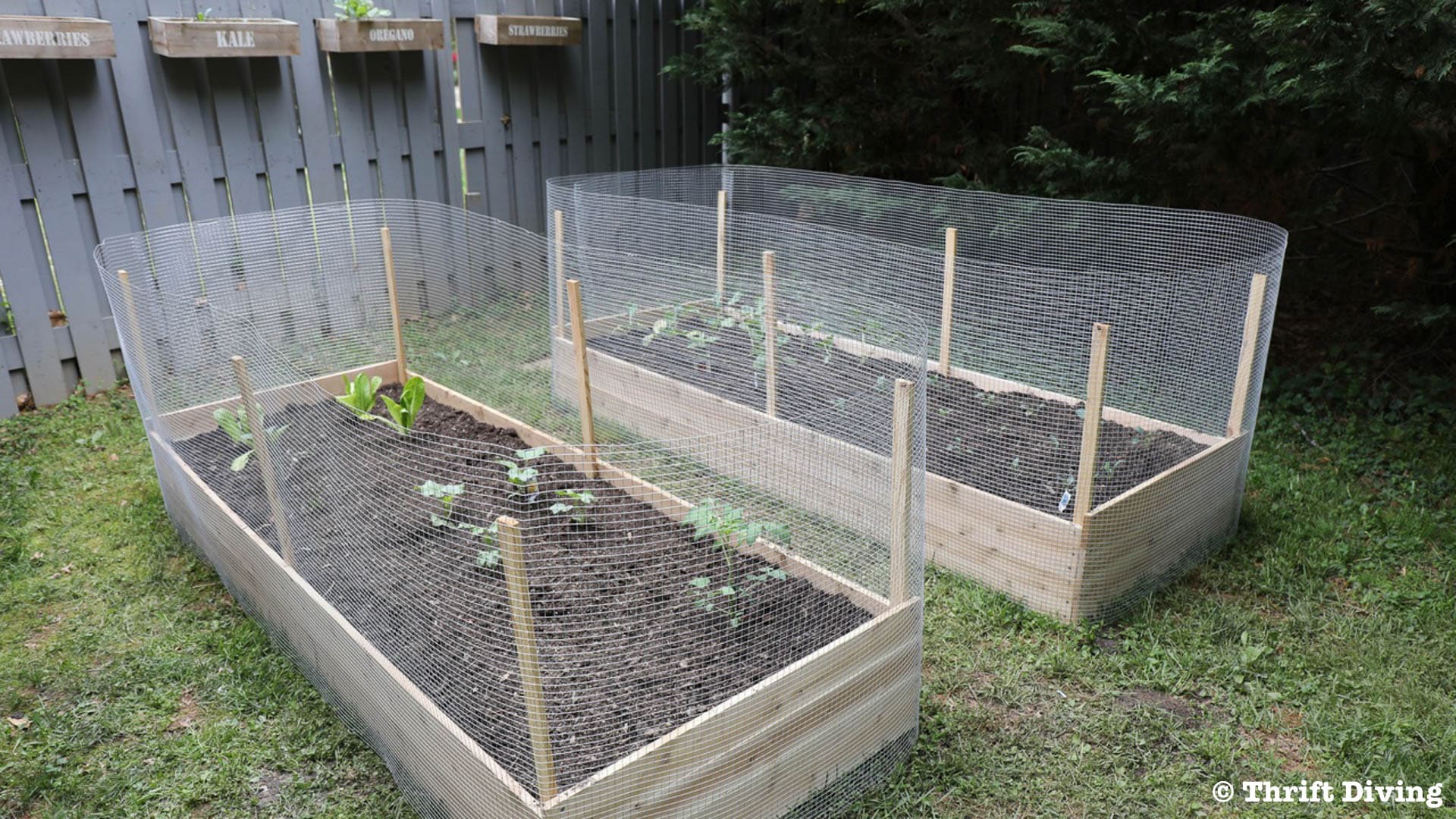
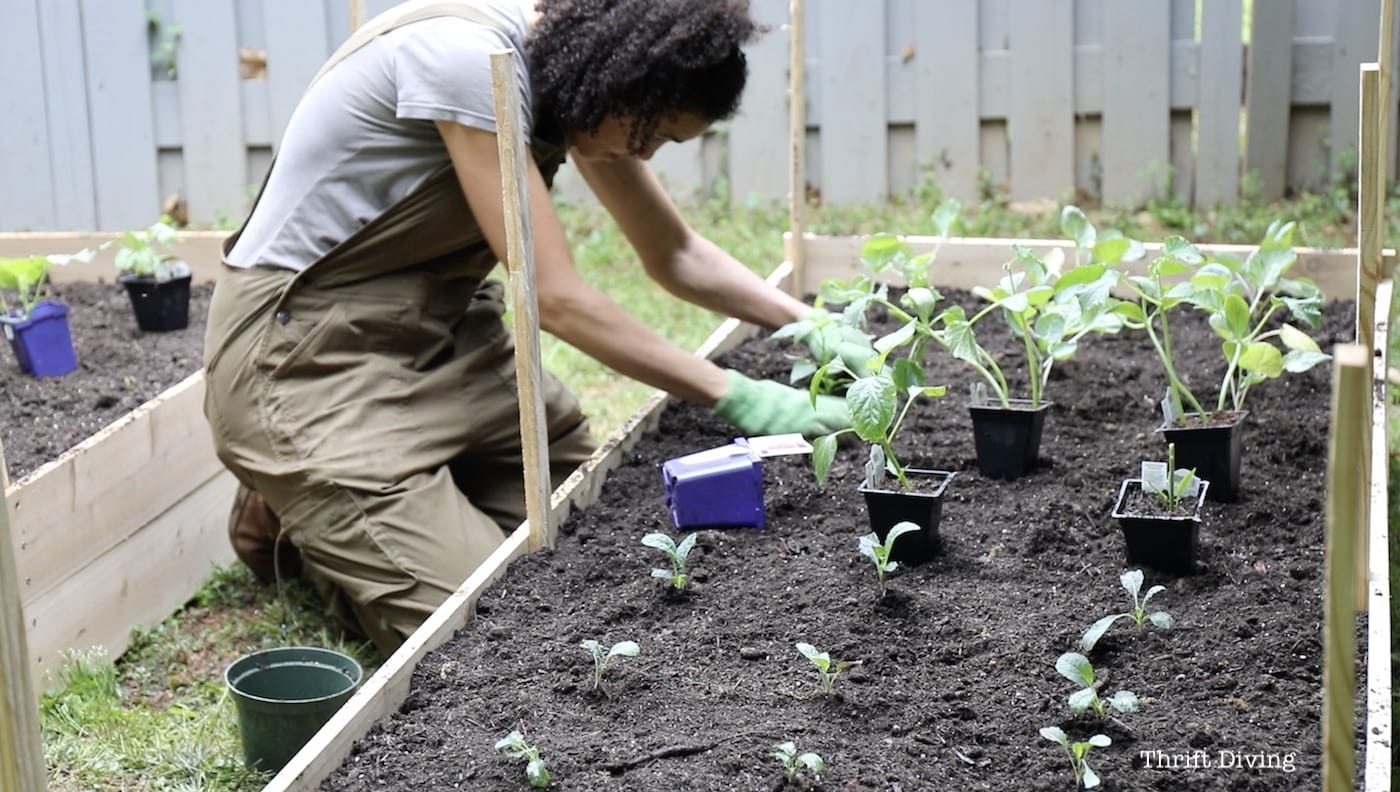
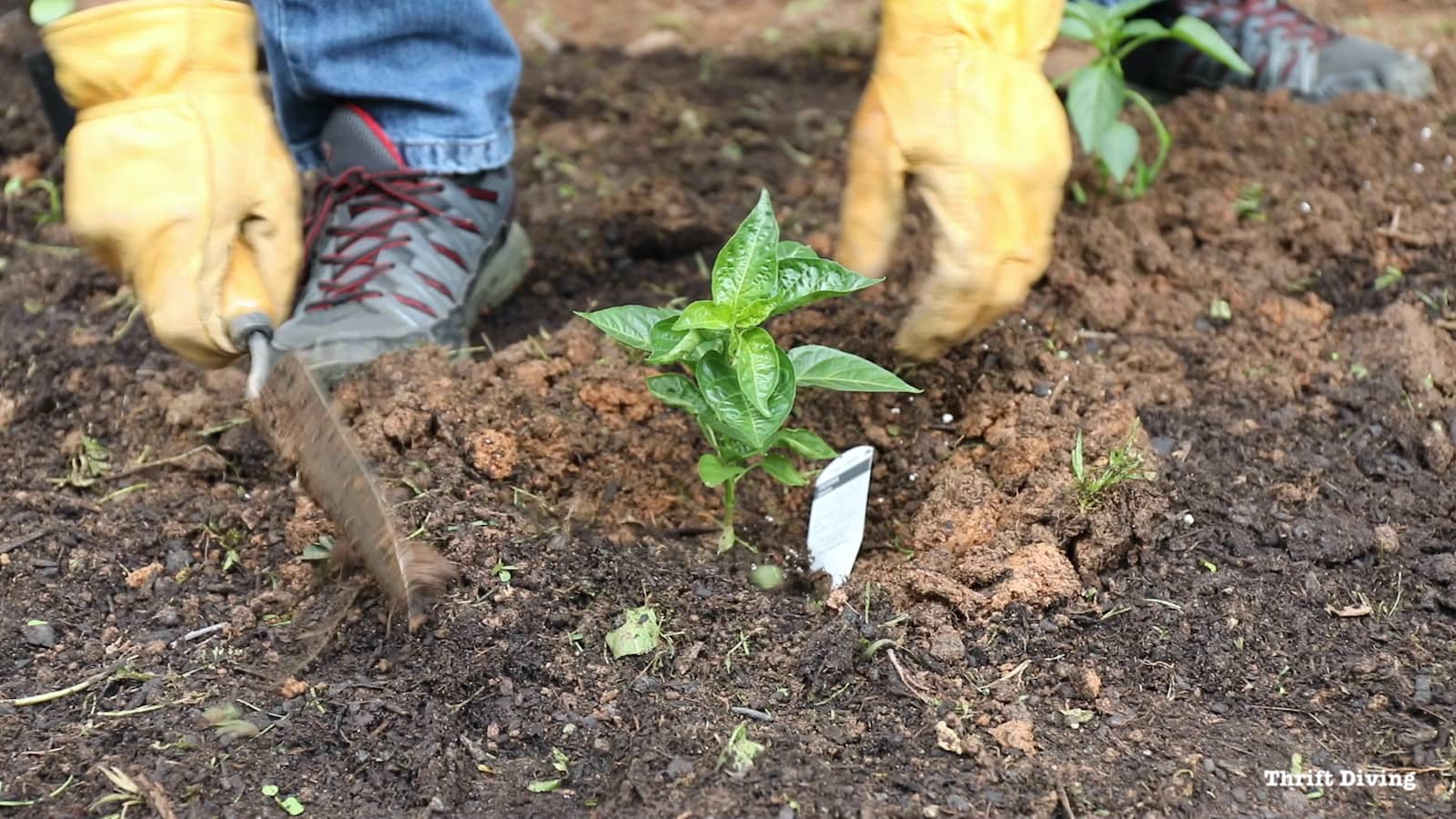
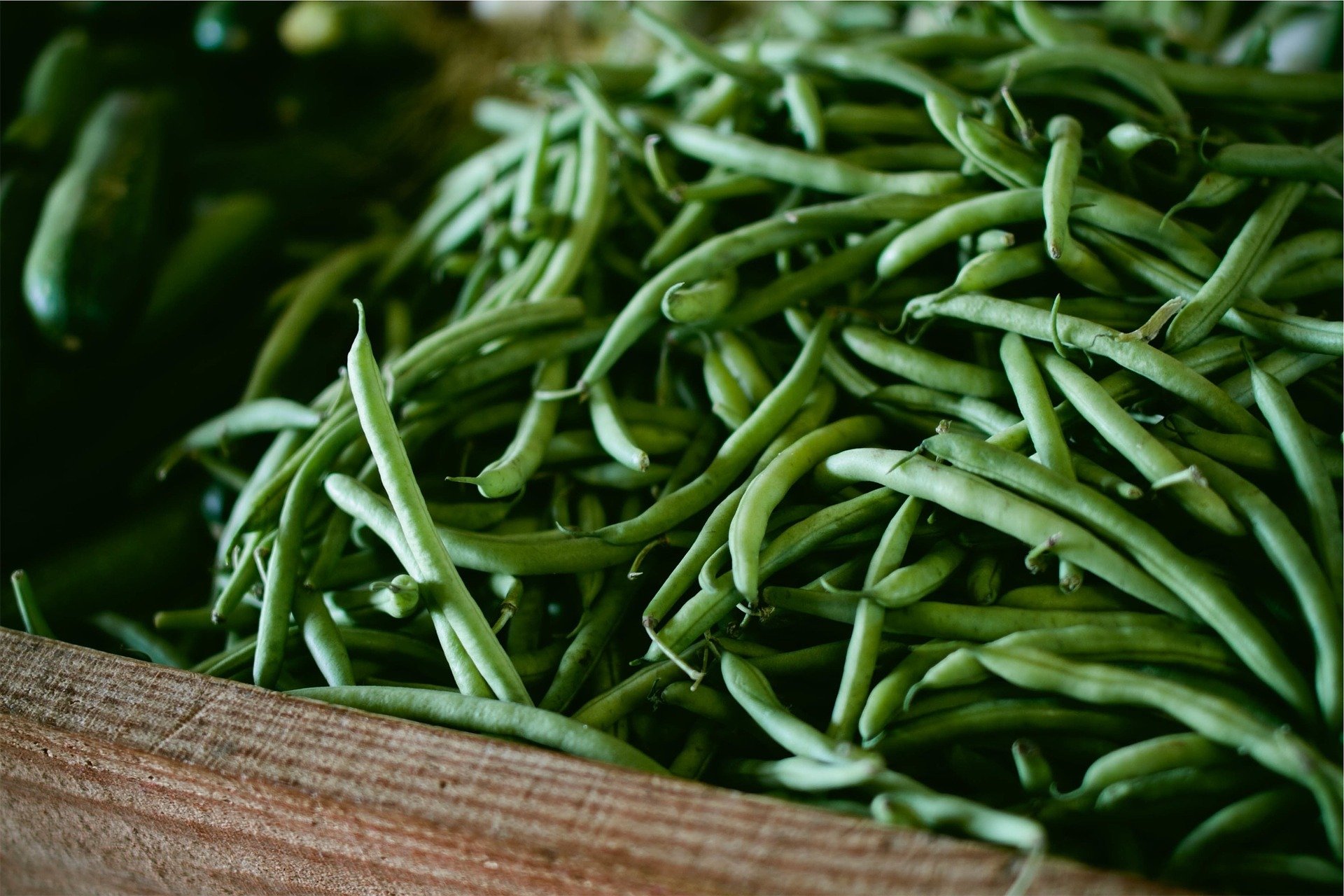
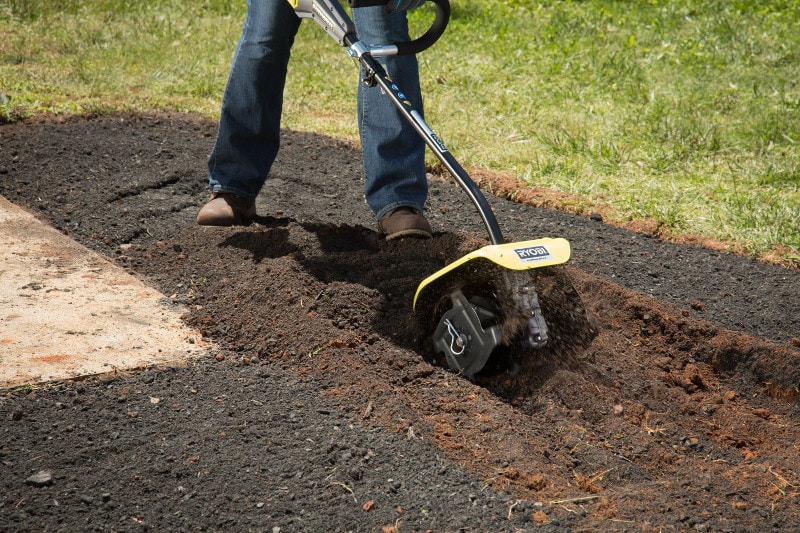
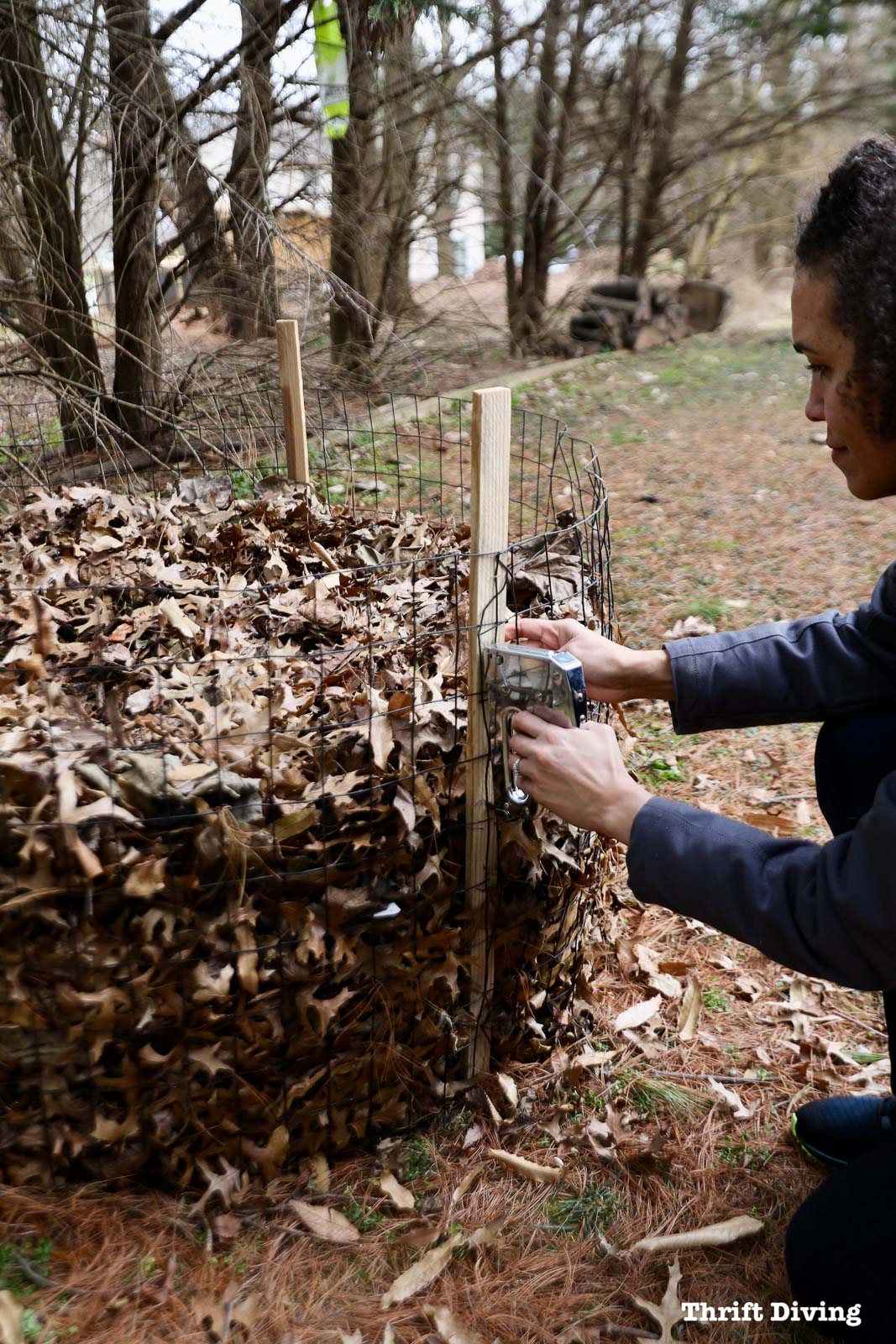
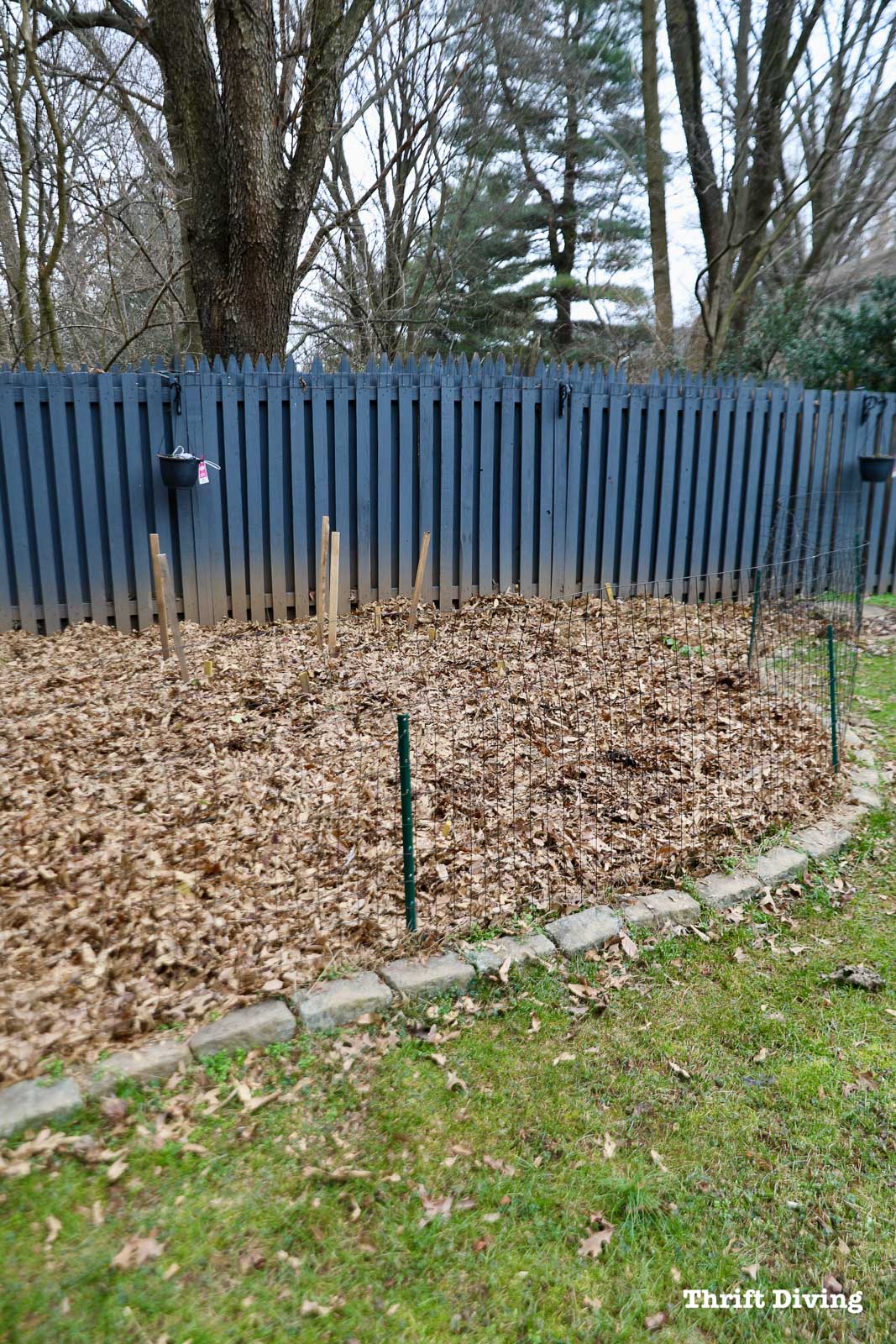
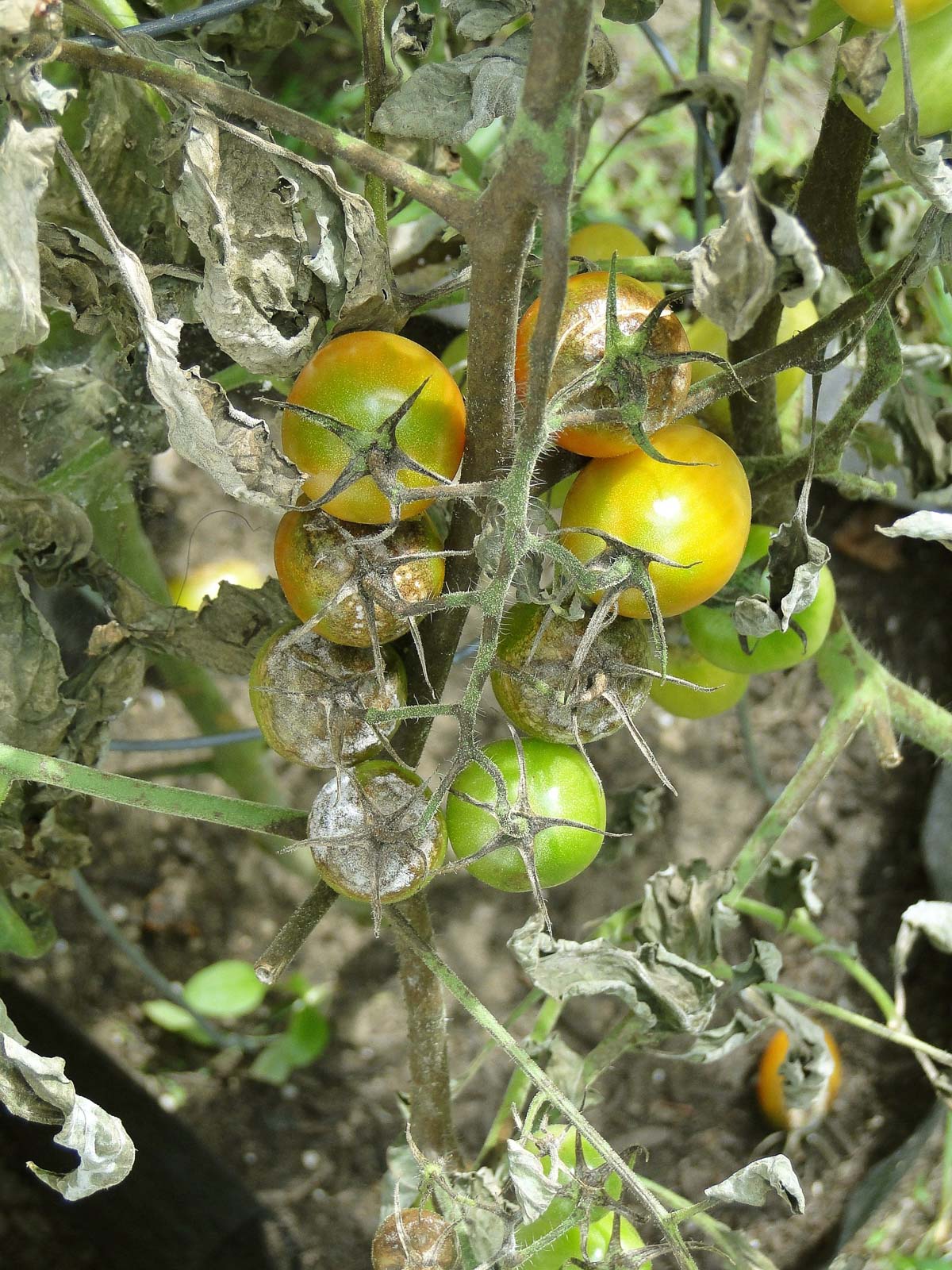

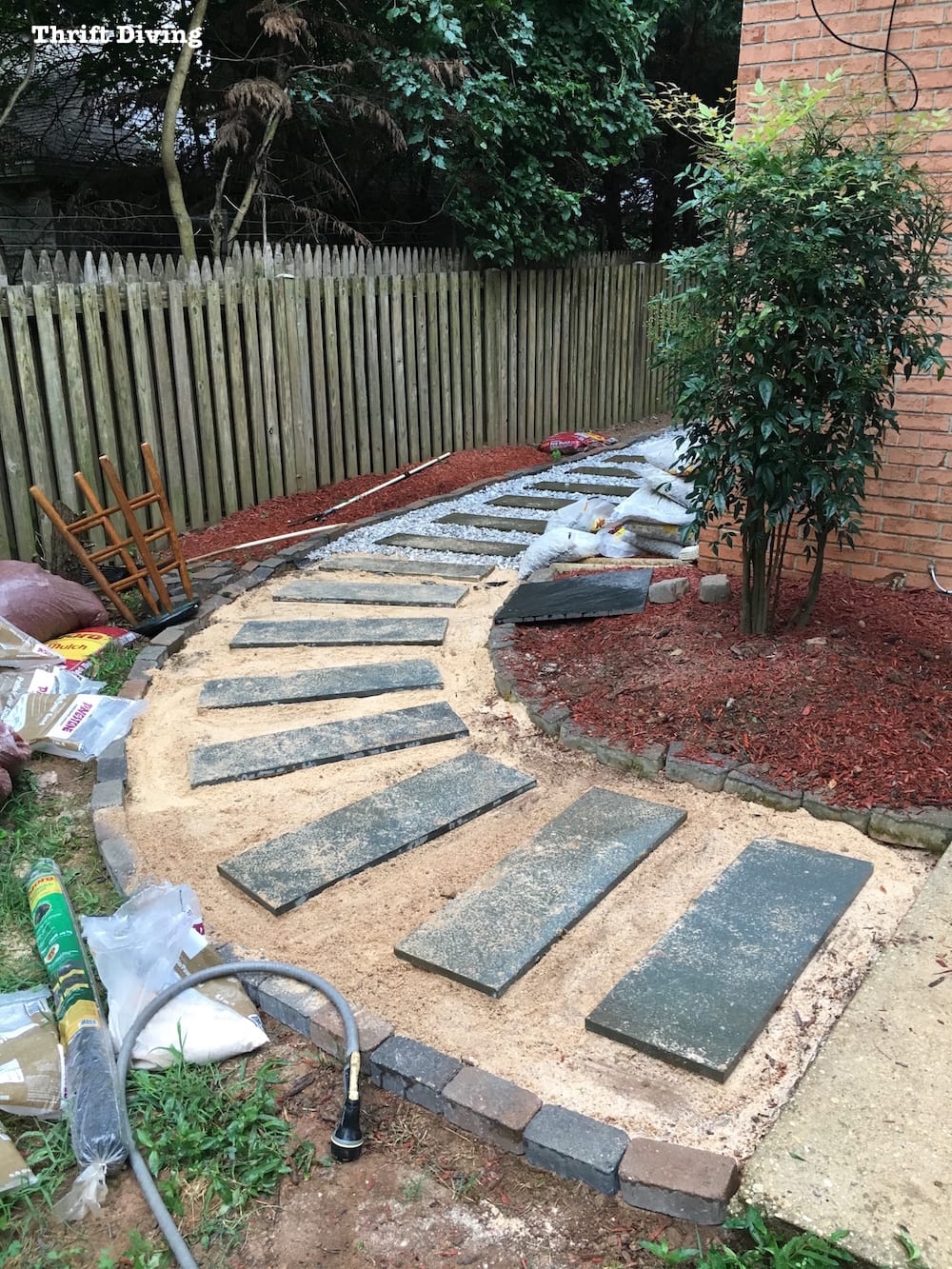
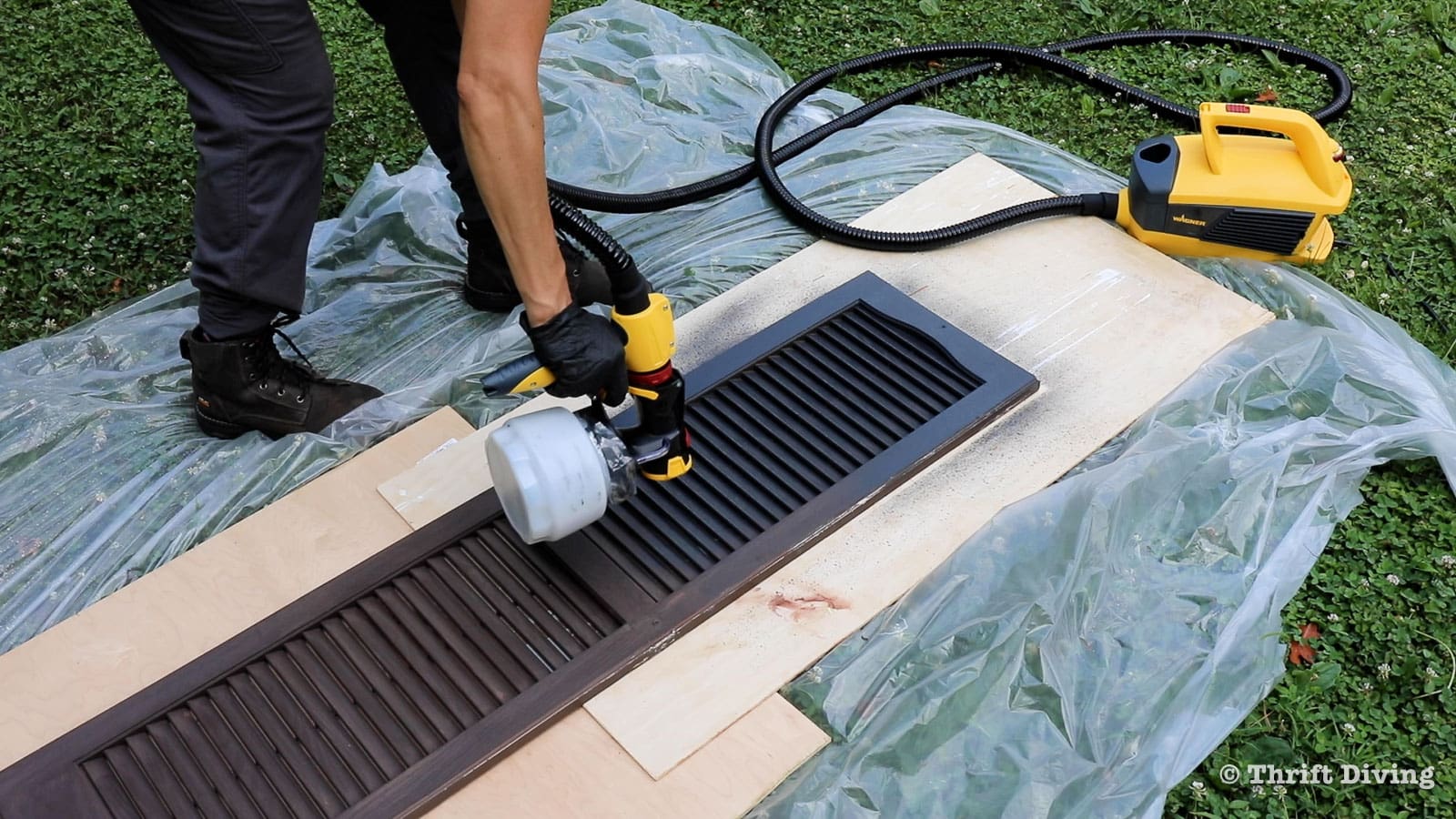
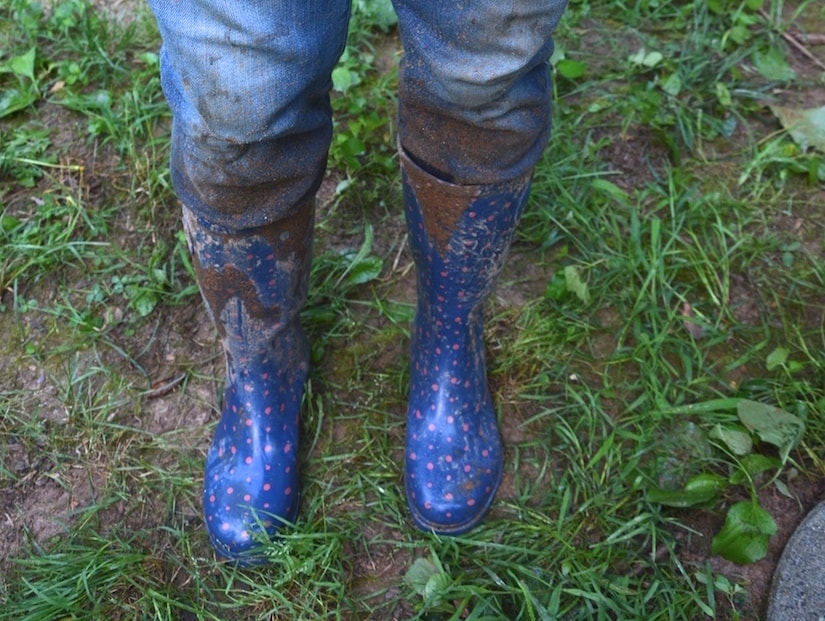

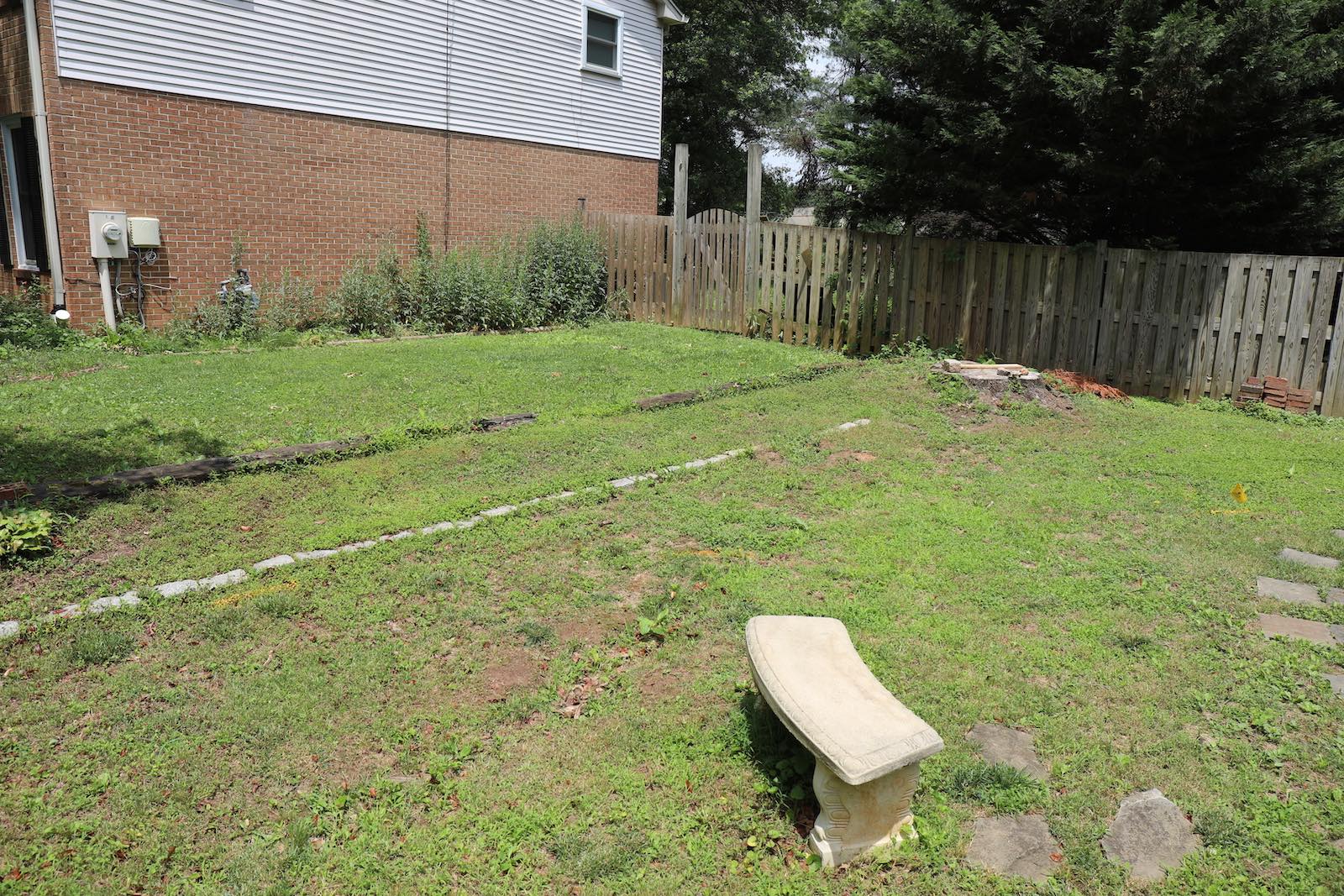
Thanks for the tips. I am trying to grow some in my backyards and these tips would be really useful.
Great post! As a lifelong gardener of raised beds (a dire necessity in California because of adobe clay and the need to keep expensive water only where you most need it), that is some excellent first-time gardening advice. To which I’d add one more: Only choose and plant what you know you can easily eat, process, and/or give away. And don’t overestimate your neighbors’ capacity for zucchini 😆. If you have a whole raised bed’s worth of, say, cucumbers or green beans, you need to plan on spending some hot days in the kitchen, pickling or canning (pickling’s easier). It can be dispiriting to do all the work and end up composting some of your abundant harvest because you just couldn’t consume it all in time.